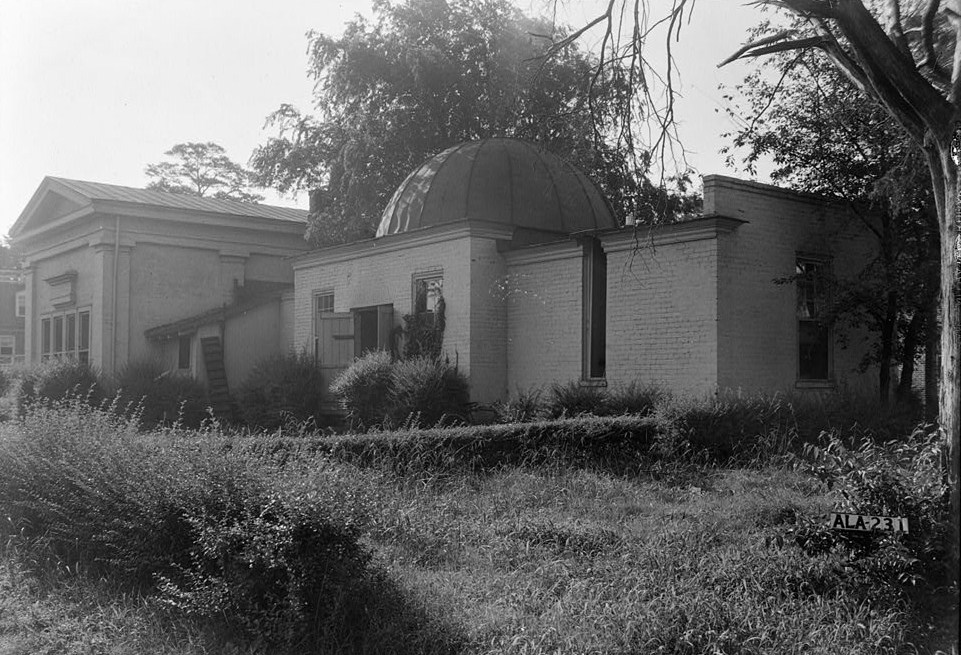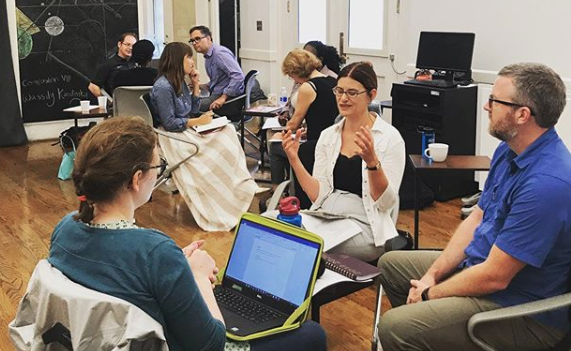Mission
The Collaborative Arts Research Initiative (CARI) is an interdisciplinary, arts-focused research engine driven by the interests of faculty from across the University. By facilitating collaborations across disciplines, CARI maximizes the impact of faculty arts research, while enriching the University, local, and regional communities.
Vision
An artistic research agenda, like those in the sciences and humanities, benefits from sustained development over time. To create these conditions, The Collaborative Arts Research Initiative seeks to:
- Expand and inform the research methods of investigators in diverse fields by supporting interdisciplinary/ transdisciplinary collaborative relationships.
- Raise the profile of the University of Alabama through dissemination of arts research output locally, nationally, and internationally.
- Enhance outside funding potential by generating research involving multiple disciplines.
- Provide consistent seed funding, creative lab space, technology, and equipment to support all stages of research development and to facilitate faculty interaction.
- Strengthen recruitment and retention of faculty and graduate students through opportunities for interdisciplinary engagement.
A Short History of Maxwell Hall

Located at the highest point of the antebellum campus, Maxwell Hall is one of seven original University buildings to survive burning during the Civil War and is the oldest classroom at The University of Alabama. It was built in 1844 to serve as a celestial observatory and is one of the first observatory buildings in the United States. Maxwell Hall was expanded in 1859 to create the charming structure that has become a campus and state landmark. For many years, Maxwell Hall was simply called the Old Observatory until being renamed to recognize the campus preservation work done by Fredrick R. Maxwell, a consulting engineer for The University of Alabama.
Known for its copper dome, the building has served as an observatory, military storage facility, classroom, dormitory, fencing gymnasium, police station, and office complex. In recent years it has housed both the Computer-Based Honors Program, and Creative Campus. Since October 2018, it has been the home of the Collaborative Arts Research Initiative.
